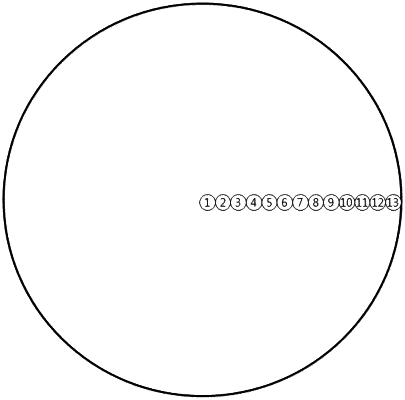| CPC H01M 4/525 (2013.01) [H01M 4/505 (2013.01); H01M 10/0525 (2013.01); H01M 10/0585 (2013.01); H01M 2004/021 (2013.01); H01M 2004/028 (2013.01)] | 6 Claims |

|
1. A cathode active material for a lithium secondary battery, comprising:
a lithium metal oxide particle having a form of secondary particle in which a plurality of primary particles are aggregated,
wherein the primary particles include a particle having a rod-type shape, and
wherein the lithium metal oxide particle is represented by Chemical Formula 1;
LixM1aM2bM3cOy [Chemical Formula 1]
wherein in Chemical Formula, M1, M2 and M3 represents a first metal, a second metal and a third metal, respectively, and the first metal is Ni, the second metal is Mn and the third metal is Co,
0<x≤1.1, 2≤y≤2.02, 0.8≤a≤0.9, 0.01≤b≤0.2, 0.04≤c≤0.2, 0.091≤c/(a+c)≤0.111, and a+b+c=1,
wherein the first metal includes a decreasing concentration gradient region only at a specific portion between a central portion of the lithium metal oxide particle and a surface of the lithium metal oxide particle, and the third metal has a constant concentration from the central portion of the lithium metal oxide particle to the surface of the lithium metal oxide particle,
wherein a molar ratio of the first metal at the surface is 0.770 or more based on a total amount of the first metal, the second metal and the third metal,
wherein the first metal and the second metal do not have a continuous concentration gradient in a region of 0.4 μm radius from a center of the lithium metal oxide particle.
|